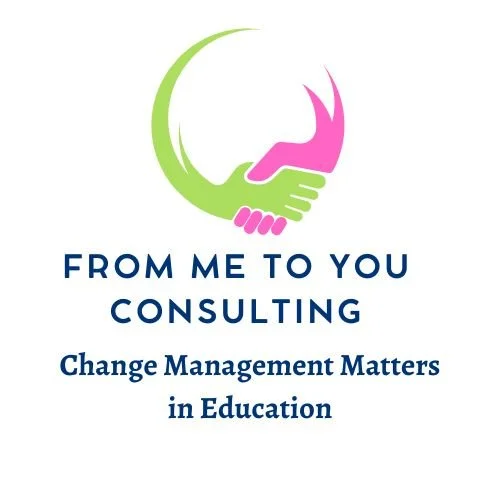Blog Post Two
Interdisciplinary learning can aid in reading improvement and increased reading achievement. By infusing this strategy, schools will find strategies that can enhance the learning environment across content areas.
Sign up to read this post
Join Now
